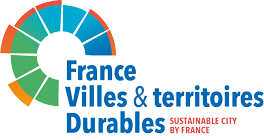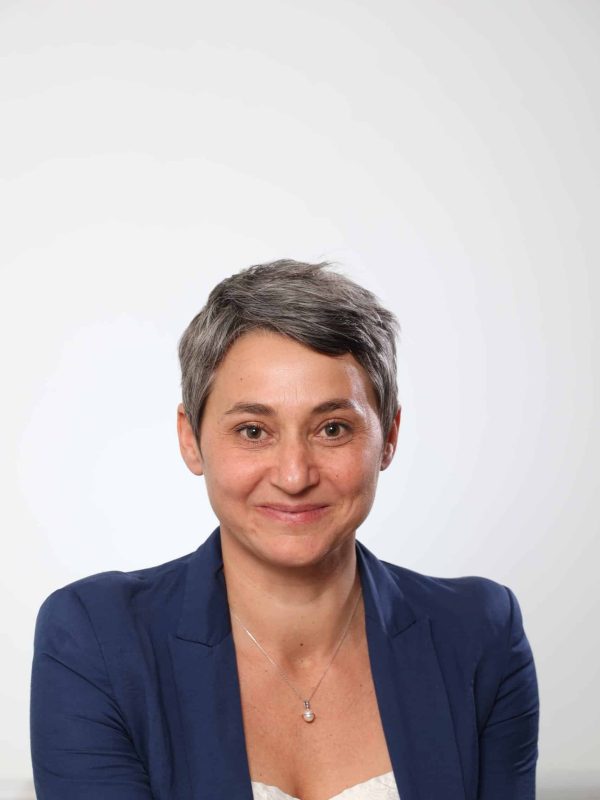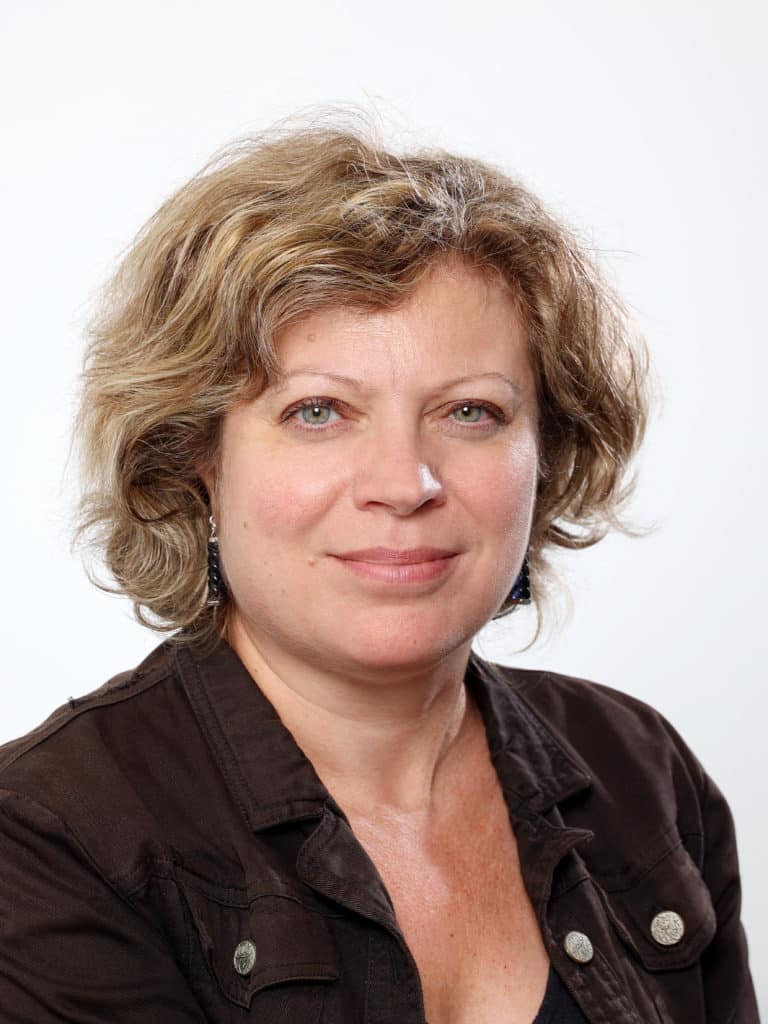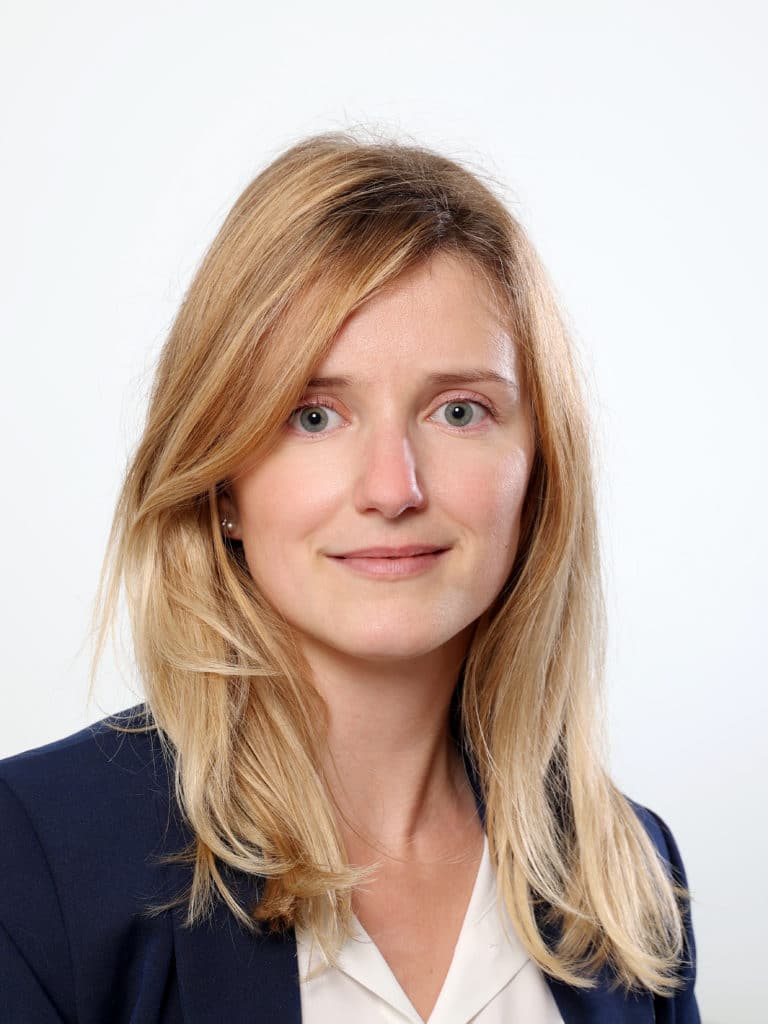Eco-district of REMIRE MONTJOLY
A project proposed by Suez Consulting Antilles Guyana

Contributor
Description
The French Guyana Public Land Development Establishment (EPFAG in French), in partnership with the town of Rémire-Montjoly, wanted to design the Vidal eco-district according to the principles of sustainable development. To this end, an eco-district approach was initiated on the Vidal site.
This district is located near the town of Rémire at the crossroads of two major roads: the ex-national road 3 and the ex-national road 4 known as the Matourienne.
The development studies carried out by the EPFAG led to the creation of a concerted development zone (CDZ). The CDZ will ensure the control of urbanisation and the realisation of a coherent urban project in the area.
The development is broken down into 3 phases allowing the servicing of a 35 ha perimeter which will accommodate 1400 homes and public services.
The project is part of the development of an area rich in flora and fauna which is imperative to preserve. The issue of optimising and enhancing the value of the space was central to the general design of the project, and this at several design levels: at the territorial level, setting a clear limit to urbanisation, with respect to spaces of great landscape and environmental value.
- Quality of housing
- Planning
- Social solidarity economy
- Energy
- Transport of people
- Large water cycle
- Strengthening of social links and of solidarity
- City
Factsheet
- Metropolis
Media
Project evaluation*
based on contributor declaration
Criterion 1: SUFFICIENCY
The project is part of the development of an area rich in flora and fauna which is imperative to preserve. The issue of optimising and enhancing the value of the space was central to the general design of the project, and this at several design levels: at the territorial level, setting a clear limit to urbanisation, with respect to spaces of great landscape and environmental value.
On the scale of the neighbourhood itself:
- In the choice of the layout of public spaces, taking into account the topography (contour line) in order to optimise the land area to be served and built on
- In the choice of stormwater management in public spaces in order to reduce the constraints on the parcel scale and consequently to encourage greater density and better organisation of the buildings on the parcel. The management of rainwater in public spaces also makes it possible to guarantee the best functioning and durability of its management in a highly constrained Guyanese climatic context.
At the scale of the built urban fabric:
- Through strong recommendations concerning the management of under-building car parks, also in order to optimise the constructability of the land.
- Through the choice of housing typology, giving priority to intermediate and collective housing.
- Through a land division in line with these typological choices. The combination of these project orientations on several scales has made it possible to build a neighbourhood whose density is considerably higher than that which is currently practised while preserving a strong landscape identity in the built fabric.
The EcoQuartier operation was the subject of an impact study and an authorisation file under the law on water, which made it possible to establish the initial state of the site, to identify the nuisances as well as the reductions in impact envisaged. Iterative work between the engineering office, which carried out the impact study and the water law file, and the project management team made it possible to integrate the measures planned to reduce or compensate for the nuisances at a very early stage. Thus, deforestation and earthworks will be limited to what is strictly necessary and will be recycled through the reuse of lateritic materials and green waste. Remarkable trees and two large wooded areas will be preserved in the reference master plan. Soil sealing will be compensated for by a hydraulic system of ditches and buffer basins to drain the area.
The project has made it possible to initiate research and implementation of concrete products based on laterite. The pedestrian walkways of the eco-district are made of laterite concrete, thus allowing the substitution of part of the aggregates for laterite from the site.
The lighting fixtures suspended above the pedestrian traffic are attached to cathedral wood poles from sustainably managed Guyanese forests.
Emphasis was placed on technical research to limit the use of concrete in development. Thus, the ditches collecting rainwater are treated with ground cover to consolidate the slopes and avoid the use of concrete.
Architectural prescriptions and choices aimed at the climatic comfort of the dwellings have been integrated into the specifications of the lots.
It is possible, in addition to the common law actions launched on the territory to protect the environment and control energy, in addition to the explanatory prescriptions provided in the welcome booklet, to carry out awareness-raising actions for the first inhabitants and the population of the island of Cayenne about bioclimatic housing lifestyles and the management and operation of the eco-district (the role of the drainage channels, for example).
Soft modes are preferred, with the creation of a wide right-of-way for cycles and pedestrians on the main artery of the district, separated from the roadway by a quality landscaped area. The secondary roads, which do not carry transit traffic, are designed as shared roads, the layout of which favours the cohabitation of soft modes with vehicle traffic.
Seven bus stops will dot the neighbourhood and will be located less than 150 m from the housing units.
Criterion 2: INCLUSION
The operation was the subject of an extensive consultation campaign with :
- Local elected officials
- Residents (neighbourhood committees, participatory workshops, public meetings)
- Experts (consultancy firms)
- Public authorities (CACL, DGTM, CTG, DRAC, ONF, Conservatoire du Littoral)
- Associations:
- local association for the promotion of sustainable urban and architectural quality (AQUAA, Guyana’s architecture house)
- associations for the preservation of fauna and flora and for raising awareness of ecology and eco-citizenship (Gepog, KWATA, GRAINE de Guyane, etc.)
- sports associations
- cultural associations (museum of Guyanese cultures)
One of the major principles of the project in its programming is to provide a diversity of housing, taking into account the very high diversity of the population in terms of both lifestyle and financial means. This diversity is made possible by specific work on the project’s land division, from the block to the parcel. This classic division principle, contrary to the macro-lots, makes it possible to propose a strong diversity of housing on the block, both in terms of architectural typology and in terms of a social mix; according to the three-thirds rule (social rental, assisted access and free market). Although social diversity is very difficult to achieve on the scale of the plot, typological diversity has been proposed as much as possible (townhouses, intermediate and small collective housing within the same plot).
Due to its strategic location, at the crossroads of the communes of Cayenne, Matoury and Rémire-Montjoly, the EcoQuartier is close to employment and living areas, justifying its attractiveness. The supply of shops and activities within the district will also enable residents to benefit from these services without systematically using their vehicles.
A comparative study of land and property prices has enabled EPFAG to verify the value of its land charges. The diversified supply of housing must allow all households to find a home adapted to their residential trajectory. A special effort has been made to market the plots of land available for construction (60 lots), sold directly by the EPFAG to individuals, in order to smooth out their price and make them accessible to as many people as possible. Half of these plots will be sold to first-time buyers. This measure completes a housing offer whose urban forms and financing methods must allow everyone to extend their residential career in a neighbourhood close to all amenities.
The bus stops will be accessible to people with reduced mobility.
No feedback at this stage.
Criterion 3: RESILIENCE
The project has been the subject of various studies, particularly hydraulic studies, in order to correctly size the rainwater evacuation structures without risk of overflow and flooding.
In the first place, an eco-district project deploys a systemic vision to analyse the various issues (mobility, housing, basic services, jobs, etc.).
Criterion 4: CREATIVITY
In order to support the Social and Solidarity Economy (SSE), the EPFAG has decided to impose integration measures in the tender documents for the works related to the Ecoquartier. In addition, the district foresees the implementation of projects of a social nature, such as the implementation of an associative pub in phase 3…
Following the results of the analysis of the project manager and the support of various consular bodies (in particular the Chamber of Commerce and Industry of French Guyana ie CCIG), the future district will highlight the local sectors: wood, lateritic materials. While the construction market is dynamic, local resources are little promoted, the Ecoquartier project aims to promote the increased use of local materials, both in public space and in architecture, in particular wood and laterite. This initiative will not only have an economic impact of supporting the sector but will also allow the promotion of local productions and by the same token improve the visibility of these sectors of activity (territorial marketing).
On a technical level, the project has been the subject of research into the production of lateritic concrete, which allows the reuse of lateritic spoil in the composition of the concrete. This makes it possible to substitute a part of the aggregates of a classic concrete while having a natural colour of the final material close to laterite.
Criterion 5: POTENTIAL OF REPLICABILITY
The project has not yet been replicated, but the eco-neighbourhood approach could be replicated in other areas of Guyana.











